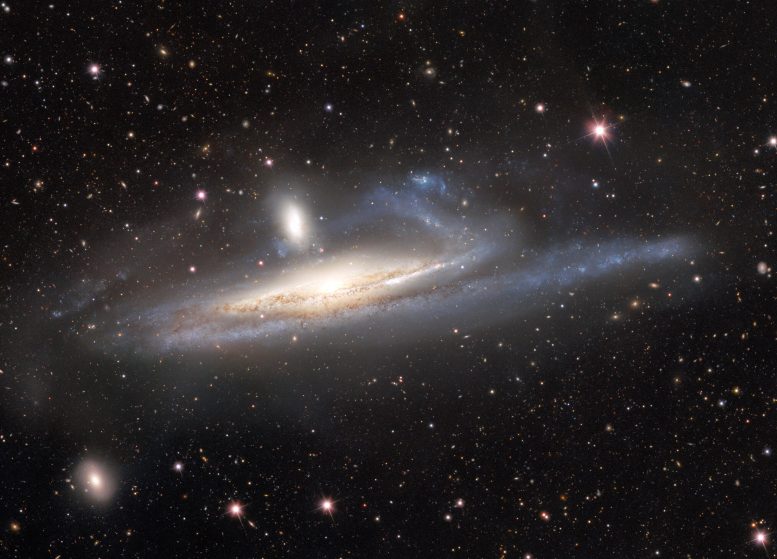
The spiral galaxy NGC 1532, also known as Haley’s Coronet, is caught in a lopsided tug of war with its smaller neighbor, the dwarf galaxy NGC 1531. The image — taken by the US Department of Energy’s (DOE) Dark Energy Camera mounted on the National Science Foundation’s (NSF) Víctor M. Blanco 4-meter Telescope at Cerro Tololo Inter-American Observatory in Chile, a Program of NSF’s NOIRLab — captures the mutual gravitational influences of a massive- and dwarf-galaxy merger. Credit: CTIO/NOIRLab/DOE/NSF/AURA; R. Colombari, M. Zamani & D. de Martin (NSF’s NOIRLab)
Haley’s Coronet and dwarf galaxy companion feel each other’s gravitational forces as they begin to coalesce.
Galaxies undergo a process of growth and evolution spanning billions of years, a journey involving the absorption of nearby companions and merging with other galaxies. This intricate, cosmic lifecycle is beautifully captured in a recent image taken with the US Department of Energy’s (DOE) Dark Energy Camera (DECam), positioned on the National Science Foundation’s (NSF) Víctor M. Blanco 4-meter Telescope at Cerro Tololo Inter-American Observatory (CTIO), a program under NSF’s NOIRLab.
A Closer Look at NGC 1532
This breathtaking image features the massive barred spiral galaxy NGC 1532, also known as Haley’s Coronet, located about 55 million light-years away in the direction of the southern constellation Eridanus (the river). Its sweeping spiral arms are seen edge-on from Earth, with the nearer arm dipping downward and the receding arm lurching upward as it tugs upon its smaller, dwarf companion galaxy NGC 1531. These gravitationally bound galaxies will eventually become one, as NGC 1532 completely consumes its smaller companion.
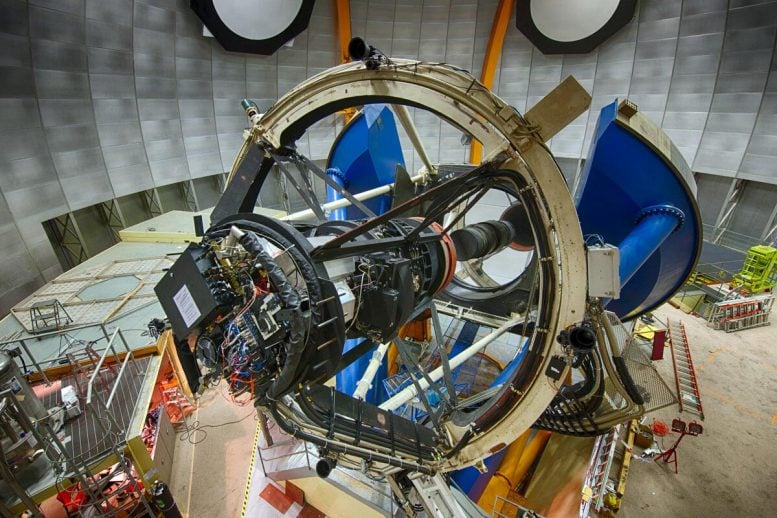
The Víctor M. Blanco 4-meter Telescope has a 4-meter (13 feet) diameter mirror, which weighs 15,400 kg (34,000 lbs). It was designed in the 1960’s. The Dark Energy Camera (black paint) is mounted at the prime (first) focus near the top of the Serrurier truss (white paint). The blue-painted structure is the large bearing that allows the telescope to move in right ascension. The telescope declination axis is located at the level of the middle of the right ascension bearing and is best seen on the left side of the large u-shaped notch. The primary mirror is located a few feet lower than the declination axis. Credit: DOE/LBNL/DECam/R. Hahn/CTIO/NOIRLab/NSF/AURA
The Dance of Gravitational Influence
Despite its small stature, however, the dwarf galaxy has also been exerting a noticeable gravitational influence on its larger companion, distorting one of its spiral arms, which can be seen rising above the galactic plane. Additionally, plumes of gas and dust can be seen between the two galaxies, like a bridge of stellar matter held in place by the competing tidal forces. This interaction has also triggered bursts of star formation within both galaxies.
The Growth and Evolution of Galaxies
This lopsided cosmic tug of war is a snapshot of how large galaxies grow and evolve by devouring smaller galaxies, absorbing their stars and star-forming material. A similar process has happened in the Milky Way, possibly six times in the past, leaving vast streams of stars and other signs in the halo of the Milky Way.
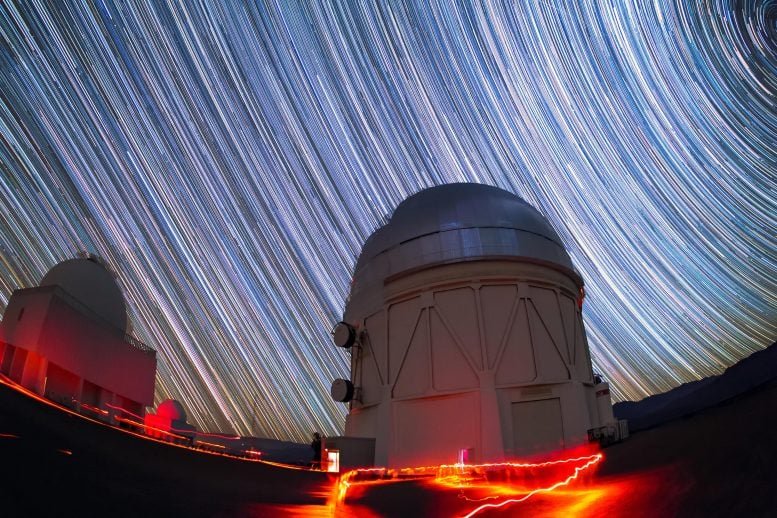
Víctor M. Blanco 4-meter Telescope at the Cerro Tololo Inter-American Observatory (CTIO), a Program of NSF’s NOIRLab. Credit: CTIO/NOIRLab/NSF/AURA/R. Sparks
Galactic Mergers and Their Impact
The process of absorbing a smaller companion galaxy is starkly different from the cataclysmic merger of two spiral galaxies of comparable size. In the latter case, two massive galaxies collide to form an entirely distinct galaxy with its own shape and characteristics. This type of galactic merger will happen to the Milky Way when it merges with the Andromeda Galaxy four billion years from now.
The Role of the Dark Energy Camera
DECam’s unmatched wide-field imaging capabilities provide astronomers with remarkably detailed views of these large-scale galactic interactions. With the support of the 4-meter Blanco telescope, it exhibits the extraordinary sensitivity necessary to detect faint objects in our Solar System and to map the influence of dark matter on galaxies across the observable Universe. At present, DECam is utilized for a broad spectrum of scientific programs.
See More: Top 15 Most Stunning Photos Taken by the Dark Energy Camera






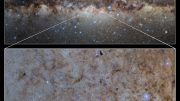
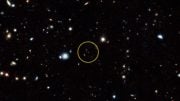
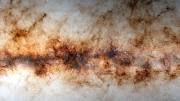
Be the first to comment on "Cosmic Tug of War: Dark Energy Camera Captures Galaxies in a Prelude to Merger"